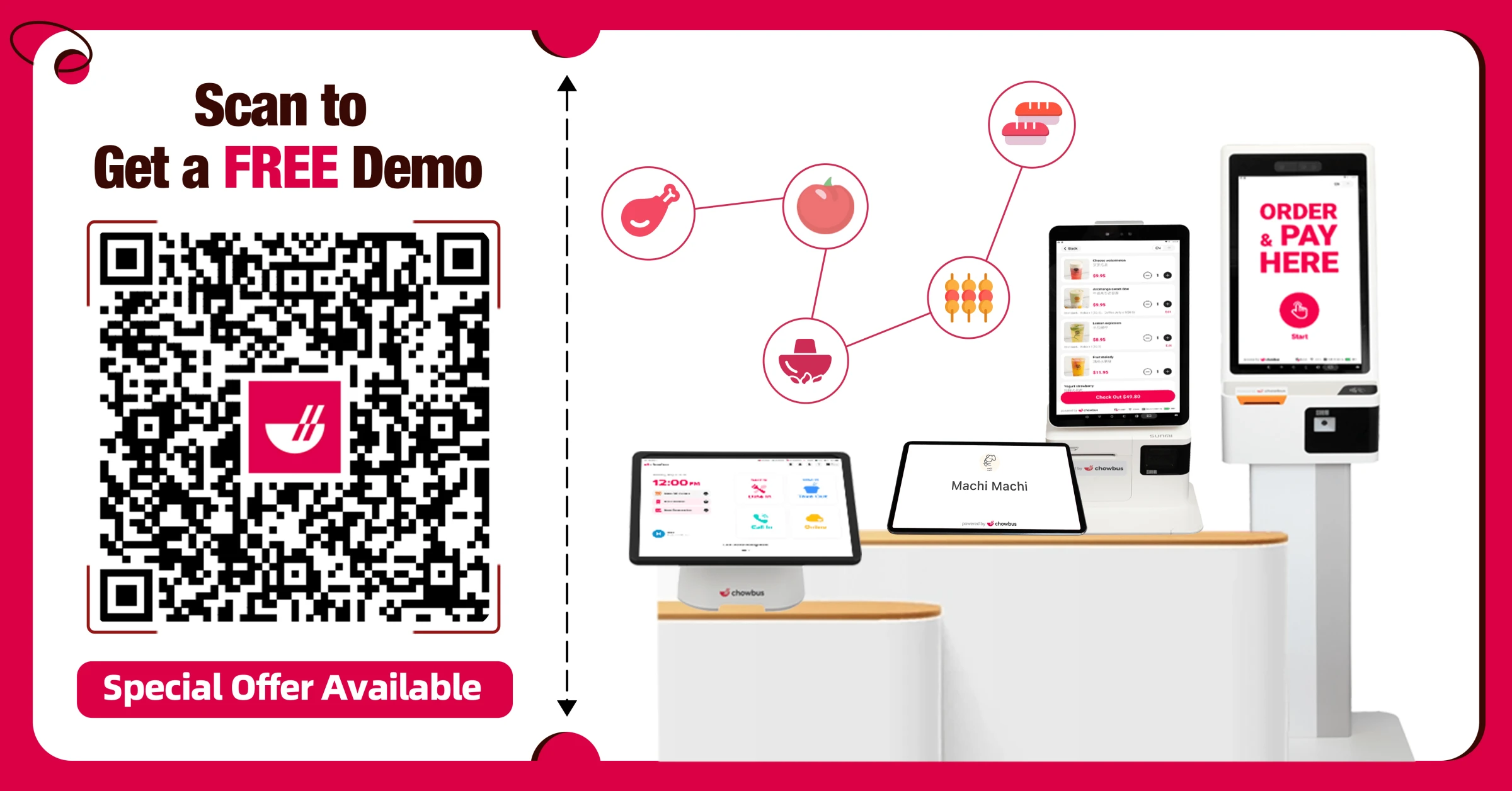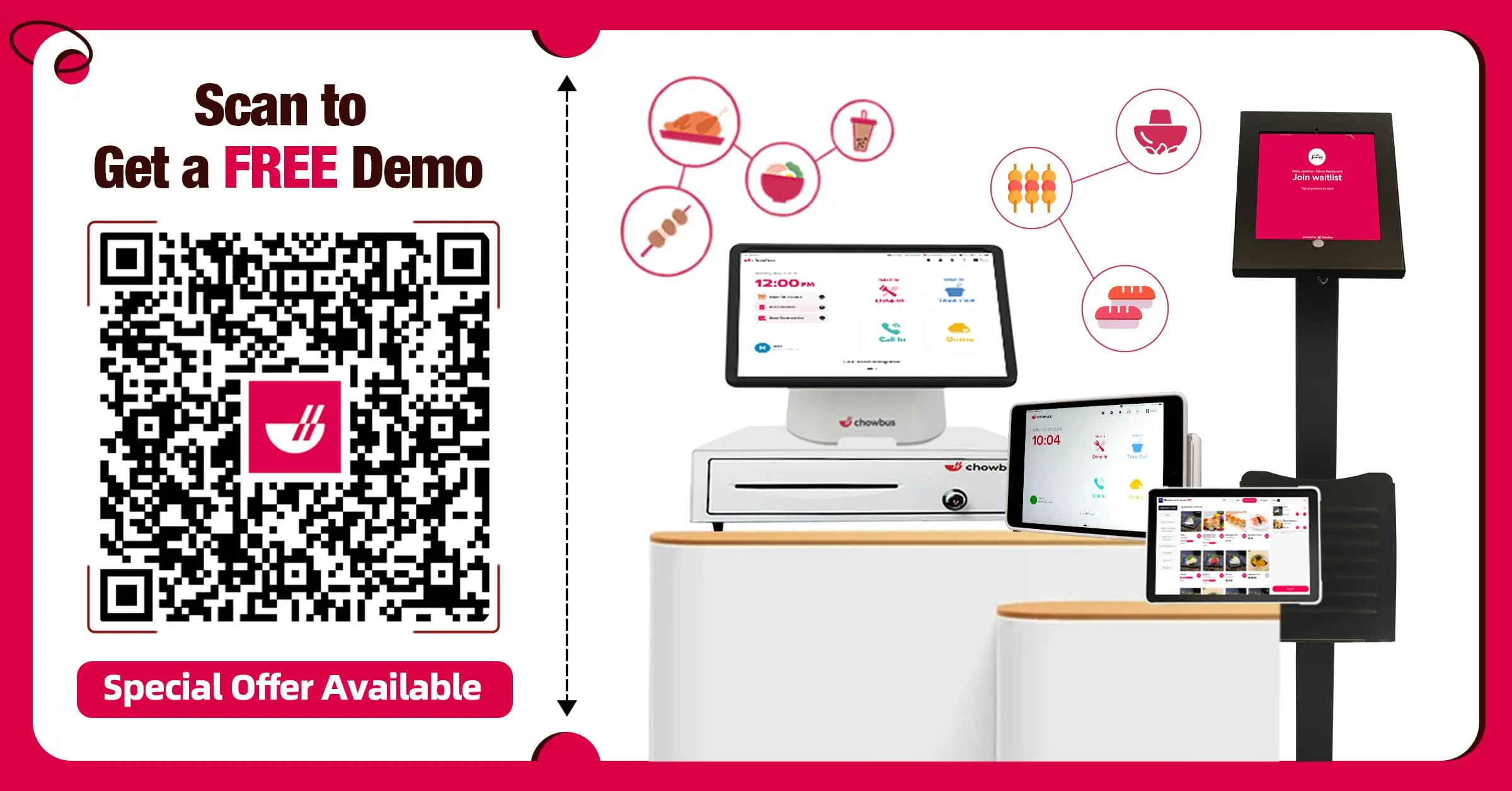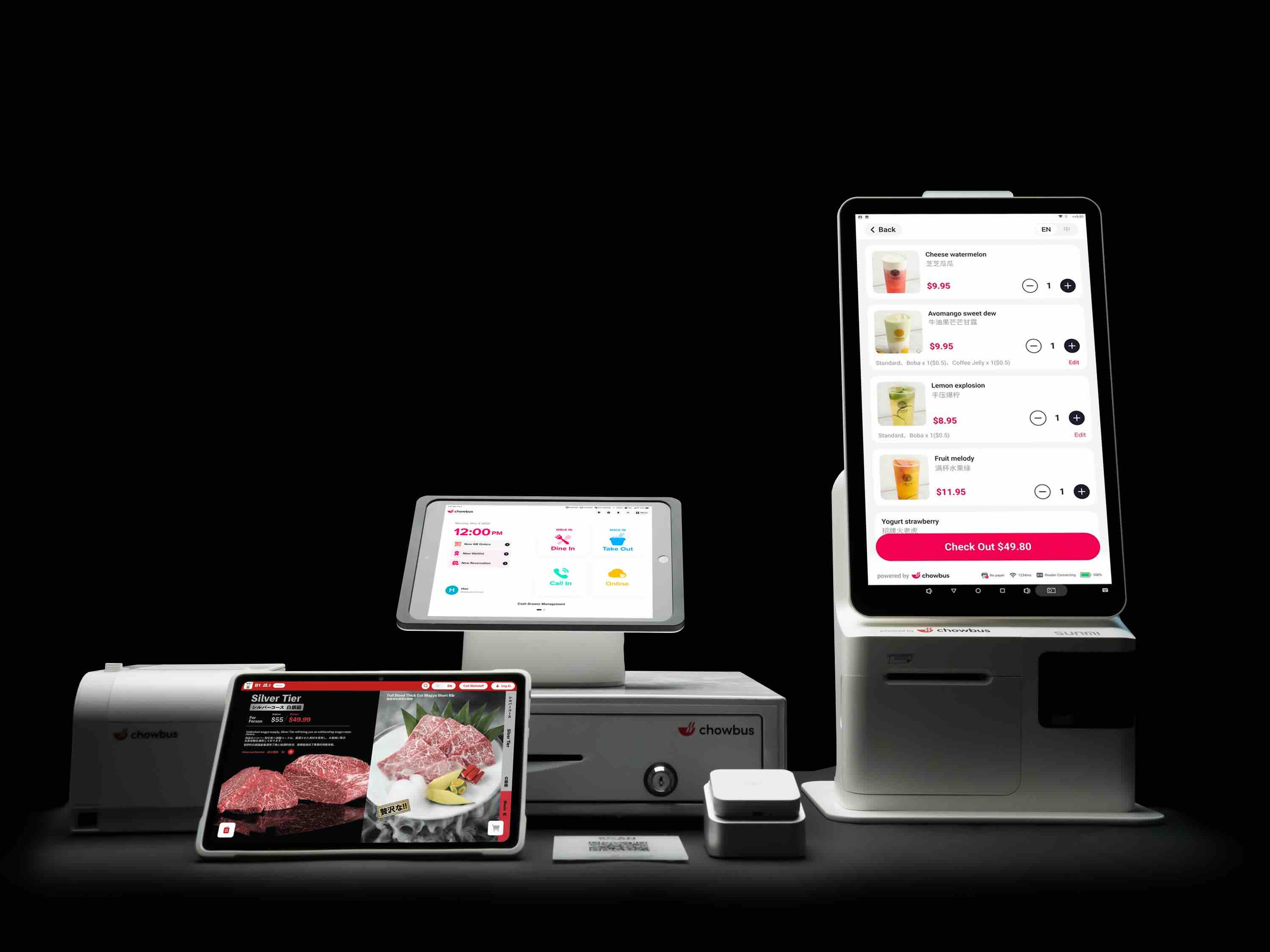Restaurant Problems and Solutions: 10 Key Fixes Unveiled

Have you ever felt the daily pressures of running a restaurant—late orders, staff shortages, and spiraling costs—and wondered how others manage to thrive? Today’s post is all about restaurant problems and solutions. We’ll explore the biggest challenges restaurants face and show you practical ways to overcome them so you can focus on what you do best: serving great food and unforgettable experiences.

Restaurant Problems and Solutions
Let’s explore some of the most pressing issues you may face in your restaurant operations and discuss practical solutions you can implement right away.
1. High Employee Turnover and Staffing Issues
Problem: One of the most common headaches in running a restaurant is high employee turnover. Retaining skilled staff seems like a constant battle, with frequent hiring and training draining both your time and resources. So, how can you keep your valuable team members from walking out the door?
Solution:
First, competitive pay is essential. Ensure your compensation packages are attractive compared to others in the region. This will not only help retain talent but also make your restaurant a sought-after place to work.
Next, don't overlook the power of clear growth opportunities. Your team members want to know that they have a future at your restaurant that includes career advancement and skill development. Establish transparent pathways for progression and offer regular training sessions. This not only enhances their skills but also their loyalty to your restaurant.
Finally, cultivating a positive work culture is crucial. A supportive and respectful work environment fosters team spirit and reduces workplace conflicts. Celebrate successes together, whether it’s a shout-out during a team meeting for a job well done or a staff outing to mark a busy season. When your staff feels valued and part of a cohesive team, they are more likely to stay committed to your restaurant.
2. Inconsistent Food Quality and Menu Management
Problem: Encountering issues with inconsistent food quality is a common frustration in the restaurant business. Perhaps you've noticed customer complaints about dishes not tasting the same from one visit to the next, or maybe portion sizes appear to vary significantly. Such inconsistencies can lead to customer dissatisfaction, which might deter repeat business.
Solution:
To tackle this issue, start by implementing standardized recipes across your kitchen operations. This ensures that every dish is made using the same ingredients in exact amounts, which helps maintain flavor consistency no matter who prepares the meal. Additionally, provide detailed and ongoing training for your kitchen staff. It’s crucial that all team members understand the importance of following these standardized recipes and the techniques required to prepare each dish correctly.
Another vital step is regular menu cost analysis. This doesn’t just help maintain food costs. It also ensures that you’re consistently offering dishes that can be produced with the available ingredients, thus minimizing the chance of having to make last-minute changes that could affect the dish’s quality.
By focusing on these areas, you can significantly enhance your food’s consistency, ensuring that your customers enjoy the same great taste with every visit. This boosts customer satisfaction and builds your reputation for reliability and quality in a competitive market.
3. Rising Food and Operational Costs
Problem: Your operation may be seeing ballooning costs that are becoming harder to manage. From supplier charges to the energy bills that keep the lights on and the ovens hot, everything adds up, making it more difficult to sustain healthy margins.
Solution:
Start by negotiating better terms with your vendors. Often, suppliers are willing to offer discounts for bulk purchases or consistent orders, so don’t hesitate to ask for better pricing or explore alternative suppliers who can match your quality requirements at a lower cost.
Integrating an automated POS system can also significantly streamline your operations. This technology not only speeds up transactions but can also help track each dish’s cost effectively. By understanding where your money goes in each plate served, you can make informed decisions about menu pricing and portion control, ensuring that each dish contributes positively to your bottom line.
Lastly, keep a close eye on the cost-per-dish. This involves regularly reviewing the actual expenses involved in creating each menu item compared to the price at which it’s sold. By understanding these figures, you can adjust your menu to highlight the dishes that offer the best profitability, while reworking or removing those that don’t perform as well financially.
4. Poor Customer Service and Long Wait Times
Problem: Slow order-taking and unimpressive service often drive your customers to competitors. When diners experience delays or feel neglected, it not only impacts their current visit but also their decision to return.
Solution: Streamline your service to enhance customer satisfaction with a few strategic changes. First, optimize your staff scheduling to ensure you have enough hands on deck during peak hours. This prevents bottlenecks when the restaurant is busiest.
Another crucial step is to thoroughly train your team in service etiquette. Ensure every team member understands their role in providing an exceptional dining experience. This training should cover everything from greeting guests warmly to efficiently taking orders and addressing any concerns diners may have during their visit.
Lastly, consider implementing advanced table management tools. These systems help you monitor table status in real-time, estimate wait times more accurately, and notify staff when tables become available. By improving how you manage the flow of guests, you reduce wait times and enhance overall service efficiency, leading to happier customers and better reviews.

5. Limited Online Presence and Marketing
Problem: If your restaurant struggles to attract new customers and keep existing ones engaged, it might be due to a limited online presence and ineffective marketing strategies.
Solution:
Enhance your restaurant's visibility and appeal through targeted social media campaigns, comprehensive loyalty programs, and seamless online ordering integration.
Creating a robust online presence is more than just having a website—it's about actively engaging with your customers where they spend a significant amount of their time: on social media. Start by identifying which platforms your target audience frequents most—be it Instagram, Facebook, Twitter, or Pinterest. Craft engaging content that showcases your menu, special offers, and behind-the-scenes glimpses of your restaurant’s daily operations. This approach not only builds interest but also fosters a community around your brand.
Next, consider implementing a loyalty program. This could be as simple as a digital punch card that offers a free item after a certain number of purchases or as complex as a points system that rewards customers for different interactions with your brand. Loyalty programs encourage repeat business and can turn occasional guests into regulars who are more likely to spread the word about your great service and delicious food.
Lastly, integrate online ordering into your website and social media platforms. With more customers enjoying meals at home, offering a streamlined online ordering system is essential. Make sure the ordering process is straightforward, with clear categories, enticing photos, and an easy checkout process. Additionally, by integrating this system with your POS, you can keep track of customer preferences and tailor your marketing efforts to suit their tastes.
Enhancing your online presence through these strategies creates more touchpoints with customers, making it easier to engage them effectively and build lasting relationships.
6. Slow Table Turnover and Inefficient Floor Management
Problem: Crowded waiting areas, inefficient seat allocation, and underutilized space lead to decreased customer satisfaction and reduced table turnover rates. This setup not only frustrates customers but also limits the number of diners you can serve during peak hours.
Solution:
Implement digital waitlists, reservation systems, and POS-driven table management to streamline operations. Here’s how these tools can transform your restaurant's efficiency:
Digital Waitlists: Instead of having guests crowd the entrance or require staff to manage a paper list, a digital waitlist automates the queue process. Customers can check in via a tablet at the entrance or even from their mobile devices before arriving. They receive updates and alerts on their phones about their wait time and table readiness, which enhances the customer experience by reducing perceived wait times.
Reservation Systems: Integrating a robust reservation system allows customers to book tables in advance, ensuring you can plan your seating layout and staff allocation more effectively. It also reduces the uncertainty of customer flow, helping you manage your kitchen and dining room resources efficiently.
POS-Driven Table Management: Utilize a POS system that includes table management features to gain real-time insights into which tables are occupied, which are about to clear, and the average dining time per table. This information helps your host or hostess make informed decisions about seating new guests and can significantly speed up table turnover.
By adopting these solutions, you can reduce the chaos during busy dining periods, improve customer satisfaction by minimizing wait times, and ultimately increase the number of guests you can serve. Efficient floor management is key to maximizing your restaurant's potential and ensuring that every customer leaves with a positive impression, ready to return.
7. Inventory Shrinkage and Wastage
Problem: Spoiled ingredients, theft, and unaccounted usage lead to significant revenue losses in your restaurant. This challenge not only affects your bottom line but can disrupt your operations and erode trust with your suppliers and customers.
Solution:
Implement real-time inventory tracking, enforce strict portion control, and conduct stringent supplier checks to minimize losses. Start by setting up a system that monitors your stock levels in real-time, ensuring you can respond quickly to any discrepancies. Train your staff rigorously on portion control to reduce wastage and ensure consistency in your dishes, enhancing customer satisfaction. Regular audits and vetting of suppliers also help identify where losses might occur, allowing you to take proactive measures to tighten your supply chain security. These steps will streamline inventory management, decrease costs, and improve operational efficiency.
8. Lack of Automation
Problem: Your restaurant relies heavily on manual processes for tasks like order-taking and billing. This consumes valuable staff time and increases the likelihood of errors that can affect customer satisfaction and your bottom line.
Solution: To address these inefficiencies, implementing automated POS software can be a game-changer. This technology streamlines critical aspects of your restaurant’s operations, from order management to payment processing and reporting. Here's how you can benefit:
Speed up Order Taking: Automated POS systems enable your staff to input orders directly into a centralized system. This method reduces errors typically made during manual entry and speeds up the communication between your waitstaff and kitchen staff.
Efficient Payment Processing: With an automated POS, checkouts become quicker and more accurate, enhancing the customer's end-of-meal experience. The software can handle various payment methods seamlessly, ensuring that the payment process is as quick as possible to prevent any delays that might affect customer satisfaction.
Accurate Reporting: One of the standout benefits of a POS system is its ability to generate real-time reports. These insights allow you to track daily sales, understand peak operation hours, and even monitor individual employee performance. This information is crucial for making informed decisions that can help reduce costs and increase profitability.
By transitioning to an automated POS system, your restaurant can operate more smoothly, reduce the stress on your staff, and provide a better experience for your customers. This upgrade not only supports your current operational needs but also scales as your business grows.
Embrace technology to enhance your restaurant's efficiency and improve your overall customer service. The investment you make in an automated POS system today can save you time and money, setting your establishment up for continued success in the competitive restaurant industry.
9. Poor Online Reviews and Reputation Management
Problem: Negative feedback can deter potential diners and poses a significant challenge when addressed publicly.
Solution:
Take a proactive approach to online reviews by responding promptly and courteously to each comment, resolving customer issues effectively, and encouraging happy diners to share their positive experiences.
Handling negative online reviews requires a strategic approach. As soon as a negative review appears, it’s crucial to respond quickly. Your response should acknowledge the reviewer's concerns and demonstrate your commitment to improving their experience. This not only appeases the dissatisfied reviewer but also shows potential customers that you take customer feedback seriously and are committed to service excellence.
When addressing complaints, always maintain professionalism and empathy. Apologize where necessary and offer a solution or compensation if appropriate. This might include inviting the customer back for a complimentary meal or offering a discount on their next visit. The key is to turn their negative experience into a positive one.
Moreover, actively seek out positive feedback from satisfied customers. Encourage your staff to remind diners to leave a review if they enjoyed their experience. You can also utilize follow-up emails or text messages as gentle prompts. Positive reviews not only improve your online ratings but also counterbalance the occasional negative feedback, giving potential customers a more rounded view of what you offer.
By managing online reviews effectively, you enhance your restaurant's reputation and build a loyal customer base that feels valued and understood.
10. Difficulty Scaling to Multiple Locations
Problem: As your restaurant grows and expands to multiple locations, maintaining consistent quality, service standards, and operational practices can become a significant challenge. Each new location introduces variables that might deviate from your original successful formula.
Solution:
Implementing a centralized POS system can be a game-changer for smoothly managing multiple locations. It allows you to control menus, prices, and promotions from one central point, ensuring uniformity across all sites. Standardizing your Standard Operating Procedures (SOPs) ensures that every member of your team, whether in the original location or a new branch, understands exactly what is expected of them. This uniformity helps replicate the same quality and service that made your first restaurant successful.
Furthermore, unified training procedures are essential to ensure that all staff receive the same training and messages regardless of location. This consistency in training helps reinforce your brand’s standards and quality across all locations, ensuring that your customers receive the same great experience no matter where they dine.
Conclusion
With these insights and solutions, your journey through the culinary world should be smoother and more efficient. Whether you're juggling front-of-house dynamics, kitchen efficiency, or the broader challenges of managing multiple locations, the right strategies and tools make all the difference. Embracing innovative solutions not only streamlines your operations but also enhances the dining experience you offer, setting you apart in a competitive industry.
Are you ready to transform how your restaurant operates and enhance its revenue?
Chowbus POS offers comprehensive solutions designed to streamline your restaurant management. Discover how our technology can help you tackle these common restaurant problems efficiently.
Book a Free Demo/Consultation with Chowbus POS today!

Frequently Asked Questions About Restaurant Problems and Solutions
Here are some key answers to frequently asked questions that address common problems and solutions in running your restaurant effectively. Explore these insights to enhance your operational success and customer satisfaction.
What is the Biggest Problem in the Restaurant Industry?
The biggest problem in the restaurant industry today is labor shortages. Many restaurants struggle to find and retain skilled staff, which affects their ability to maintain service quality and operational efficiency. This issue is compounded by rising wage demands and a competitive job market, making it challenging for restaurant owners to manage costs while ensuring customer satisfaction.
What is the Most Common Complaint at Restaurants?
The most common complaint at restaurants is typically related to service quality, including slow service, inattentive staff, or mistakes with orders. Complaints about food quality, such as dishes being undercooked or not matching menu descriptions, also rank highly. Cleanliness and noise levels are other frequent issues cited by diners.
What is the Most Common Mistake that Restaurants Make?
One of the most common mistakes restaurants make is neglecting their online presence. Many fail to maintain updated websites or active social media accounts, which can significantly impact their visibility and customer engagement. Additionally, not managing online reviews effectively can deter potential customers, as these are often the first point of reference for people deciding where to dine.
What Complaint is Heard Most Often in US Fast Food Restaurants?
The most common complaint heard in U.S. fast food restaurants is about incorrect orders, where customers receive items they did not request or are missing items they paid for.
Looking for more insights and updates? Explore our blog section to stay on top of the latest trends and tech in the restaurant industry.

Recommended Articles: